Former President Donald Trump's running mate J.D. Vance was slammed for offering a wildly out-of-touch solution for lowering high daycare costs—suggesting that people should simply make extended family members watch their children.
During a Turning Point Action event in Mesa, Arizona, Wednesday, conservative pundit Charlie Kirk asked Vance the following question:
"What can we do about lowering the cost of daycare? It's very hard for working families to get by. How will we lower the cost of daycare?"
Vance replied:
"Such an important question, Charlie. I think one of the things that we can do is make it easier for families to choose whatever model they want."
"One of the ways that you might be able to relieve a little bit of pressure on people who are paying so much for daycare is, maybe grandma and grandpa wants to help out a little bit more. Or maybe there’s an aunt or uncle that wants to help out a little bit more. If that happens, you relieve some of the pressure on all of the resources that we’re spending on daycare.”
"Let's say you don't have somebody who can provide that extra set of hands. What we've got to do is actually empower people to get trained in the fields that we need for the 21st century."
"We've got a lot of people who love kids, would love to take care of kids, but they can't because they don't have access the education they need or, maybe more importantly, because the state government says, 'You're not allowed to take care of children unless you have some ridiculous certification that has nothing to do—nothing to do—with taking care of kids."
"So empower people to get the skills they need. Don't force every early childcare specialist to go and get a six-year college degree where they've got a lot of debt and Americans are much poorer because they're paying out the wazoo for daycare. Empower working families, empower people who want to do these things for a living and that's what we've got to do."
You can hear what Vance said in the video below.
Vance’s proposed "solution" is highly unrealistic.
Childcare expenses in the United States have continued to surge, as outlined in the Care.com 2024 Cost of Care Report. Many families are finding it increasingly difficult to manage these rising costs, often relying on their incomes and savings to meet this critical financial demand. Affordable childcare options are hard to come by, and waitlists are notoriously long.
The report reveals that in 2023, 47% of families spent over $1,500 per month on childcare. Despite some variation in costs depending on the type of care, 49% of families expect to spend a similar amount in 2024. The average national weekly daycare cost was $321 in 2023, up 13% from $284 in 2022, amounting to nearly $1,300 per month.
Costs also fluctuate based on location. For example, parents in Washington, D.C.—where Vance represents Ohio in the Senate—spent an average of $419 per week for infant daycare, while in Arkansas, the same service averaged $129. Unfortunately, not all families can relocate to cut down on expenses.
Many parents have had to drastically adjust their lifestyles due to the financial strain of childcare. Some have taken on additional jobs, reduced their working hours, or even left the workforce entirely to cope with these rising costs.
He was swiftly called out.
Vance has been trailing in some polls against his Democratic counterpart, Tim Walz, a decline attributed to negative media coverage, especially over his controversial comments about "childless cat ladies." These incidents have raised worries among Republicans that Vance may be damaging the party’s prospects.
The latest Suffolk University/USA Today poll revealed that 48% of likely voters view Walz favorably, compared to only 37% who have a positive opinion of Vance. Vance also faces higher unfavorable ratings, with 49% of voters seeing him negatively, while 36% hold a negative view of Walz.
Walz performed marginally better across party lines as well, with 9% of Republicans viewing him favorably, compared to just 6% of Democrats who felt the same about Vance.
Notably, both candidates are now equally recognized by voters, with only 3% of respondents reporting they hadn't heard of either.

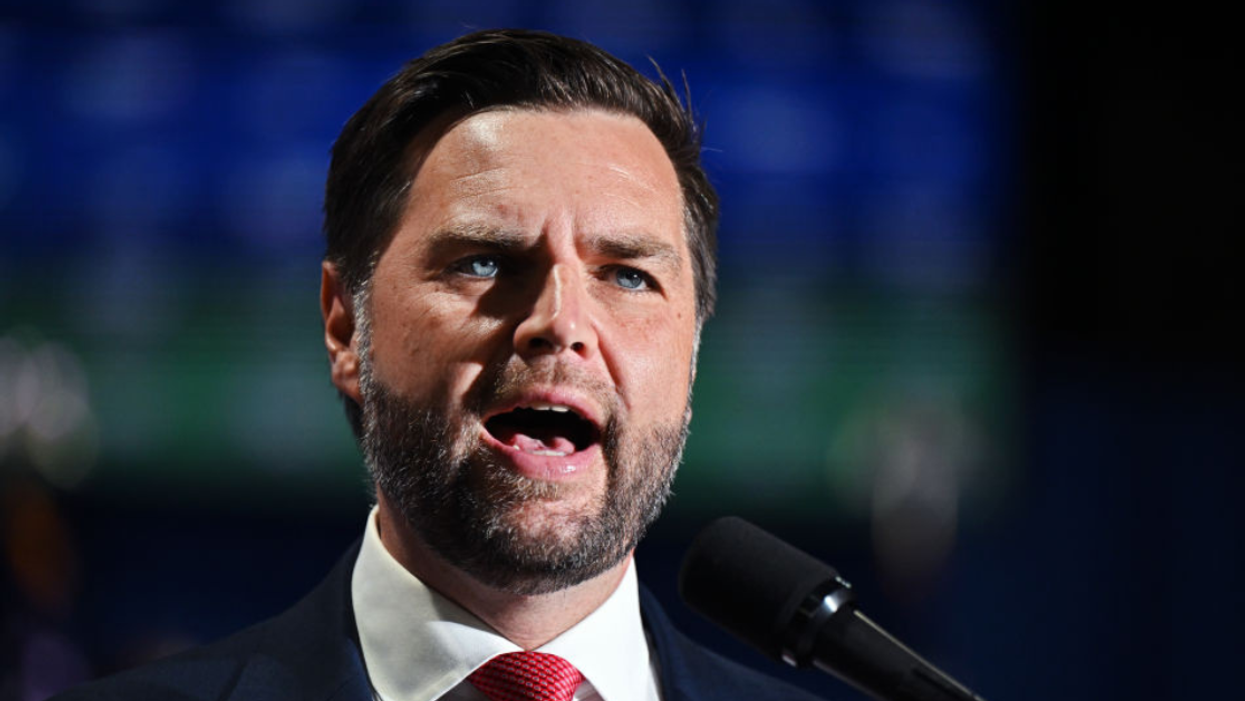

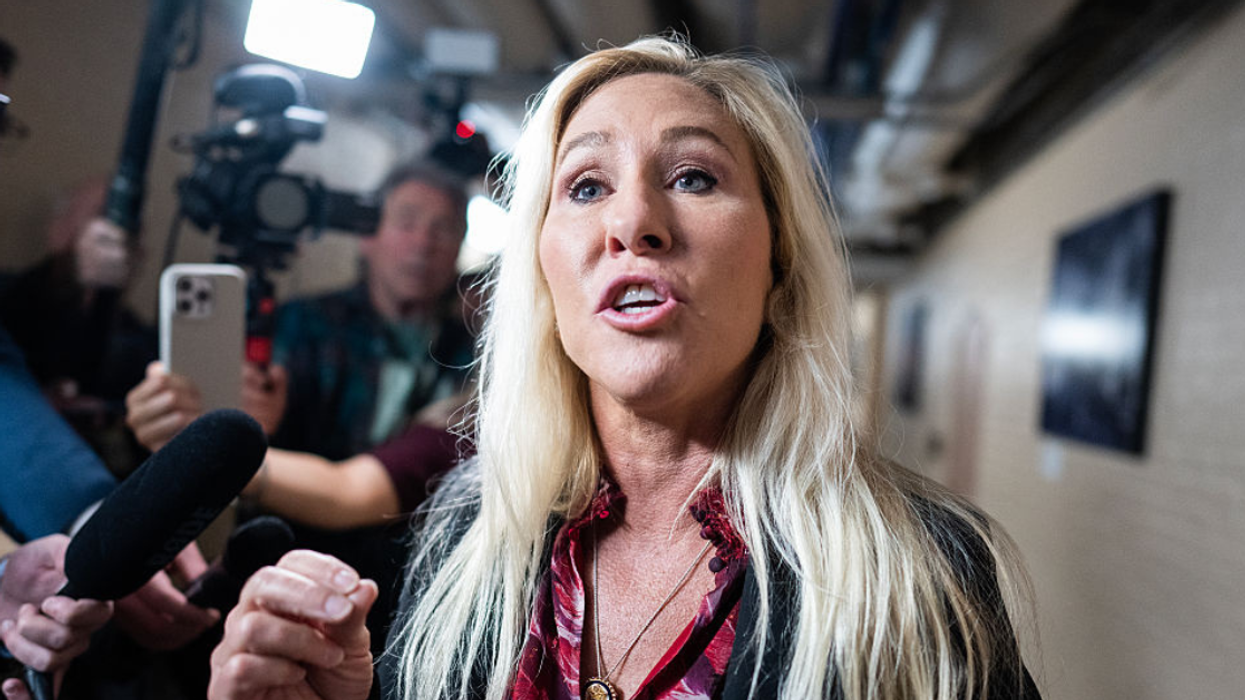

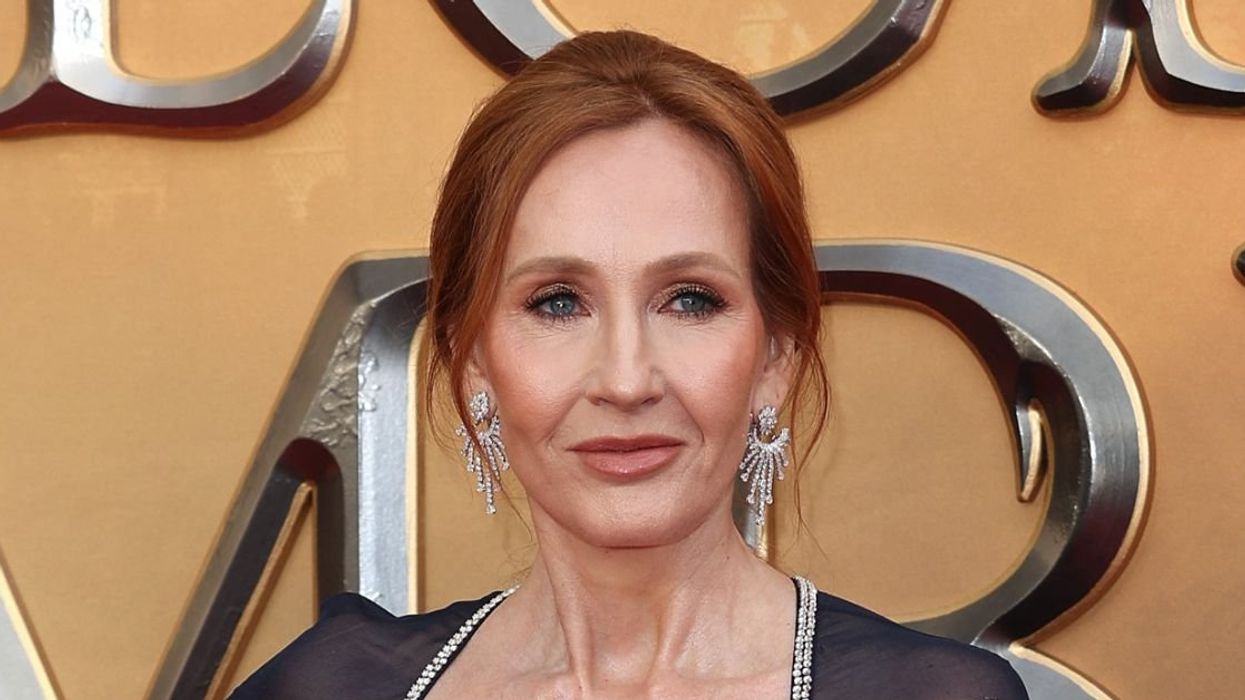
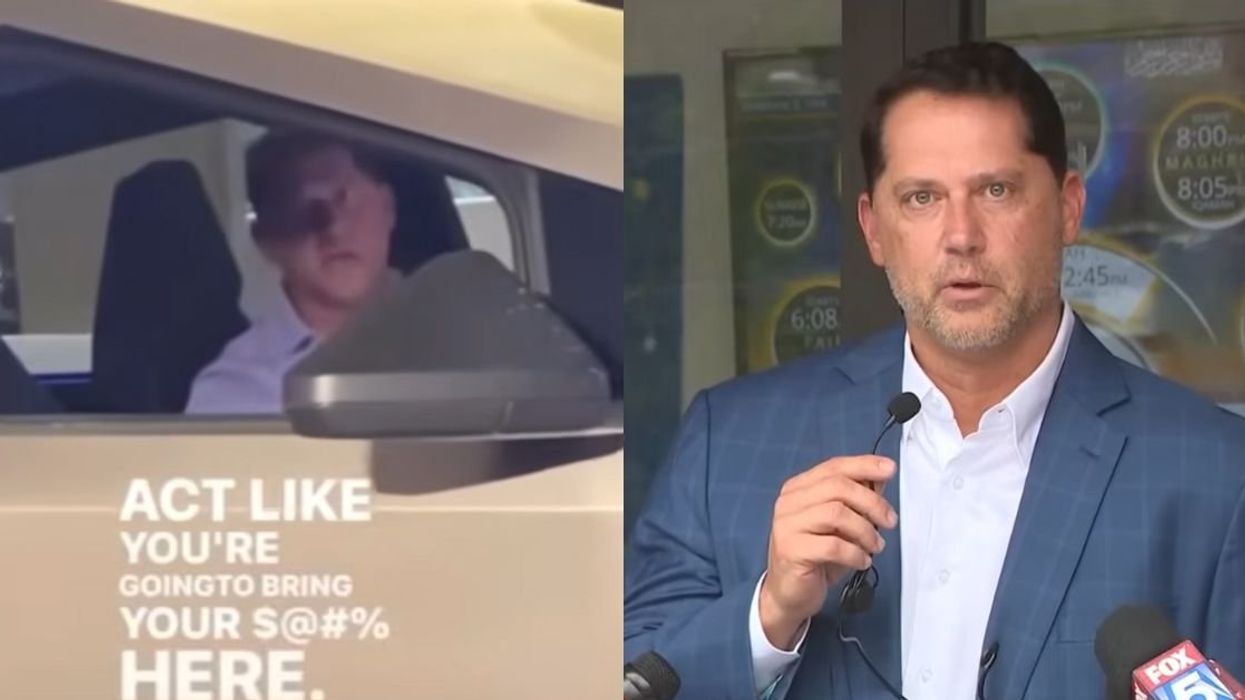
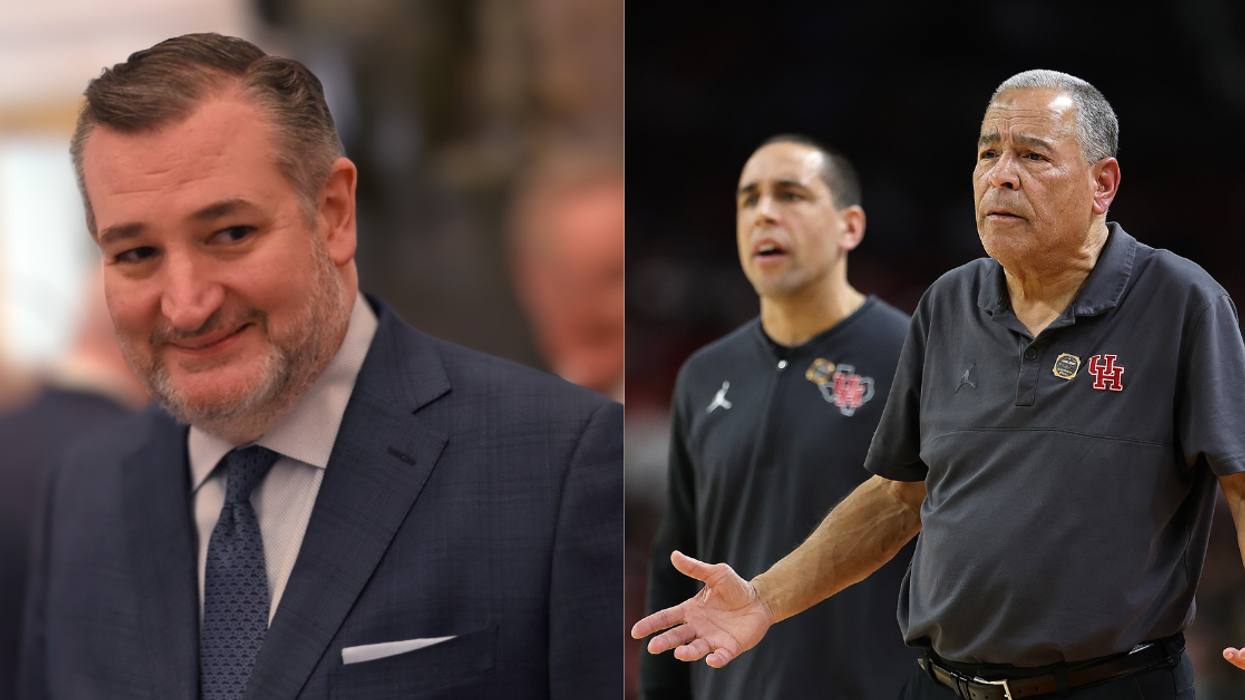
 @PreetBharara/X
@PreetBharara/X @RepBrendanBoyle/X
@RepBrendanBoyle/X @twesq/Bluesky
@twesq/Bluesky @christopherharris/Bluesky
@christopherharris/Bluesky @evangelinewarren/X
@evangelinewarren/X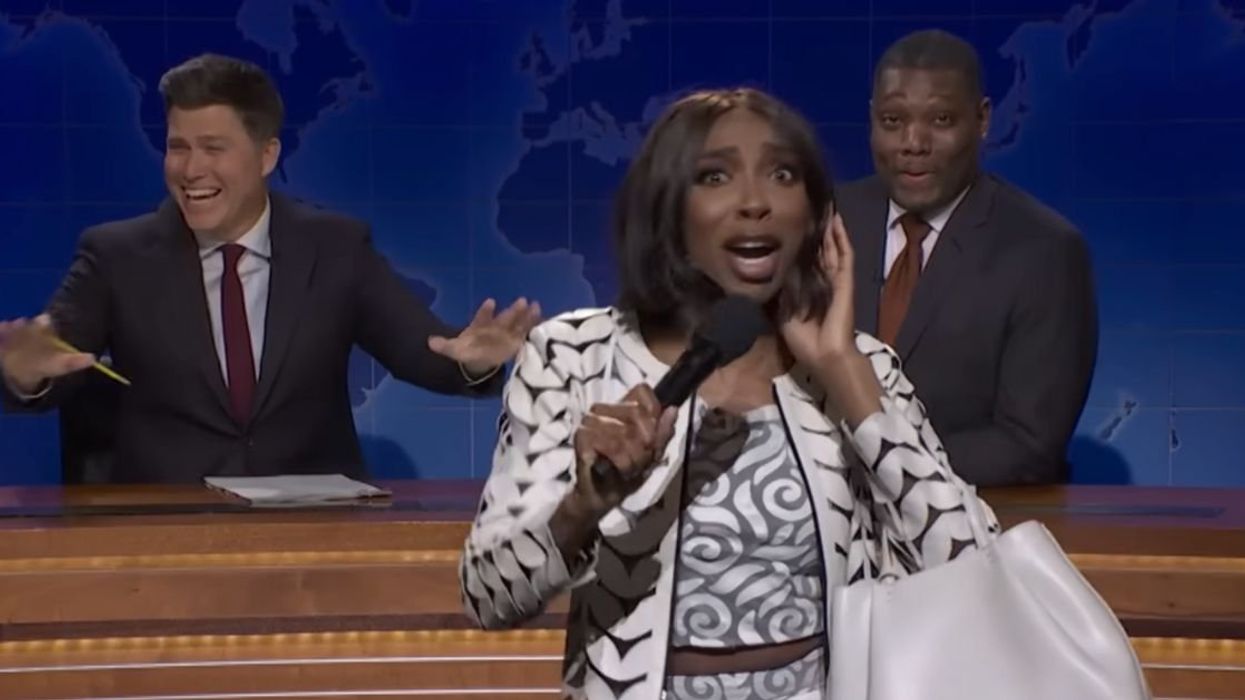
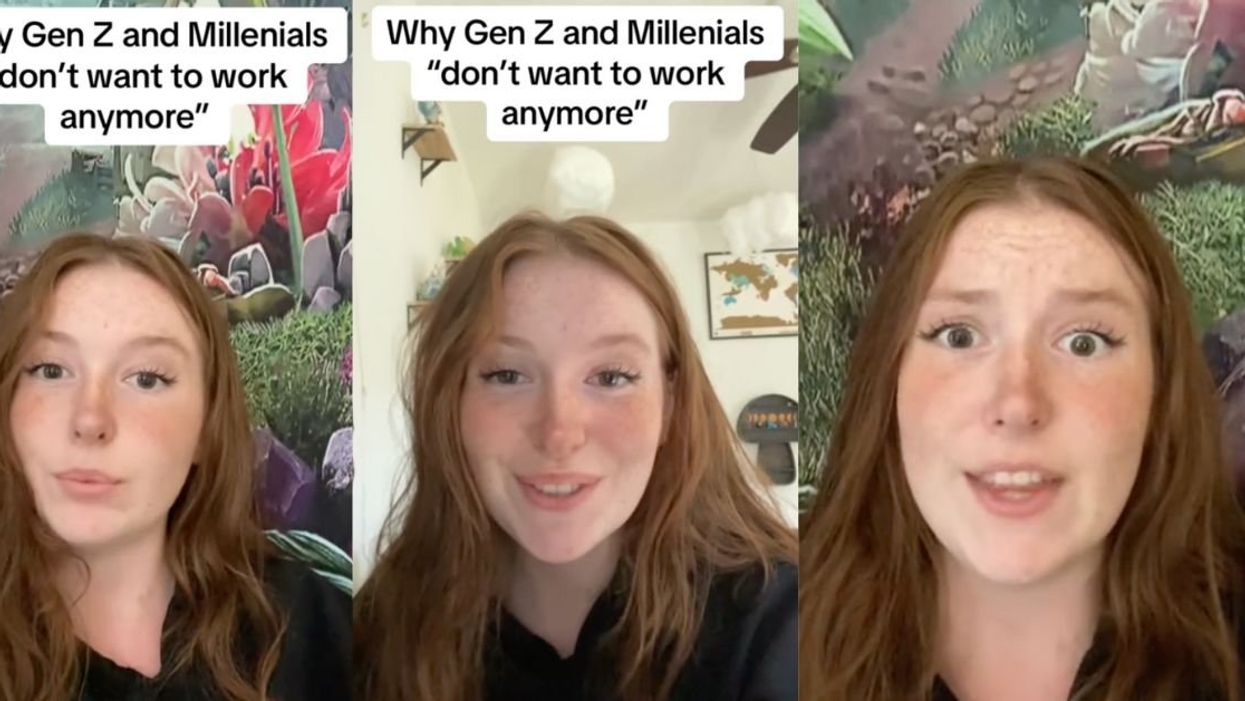


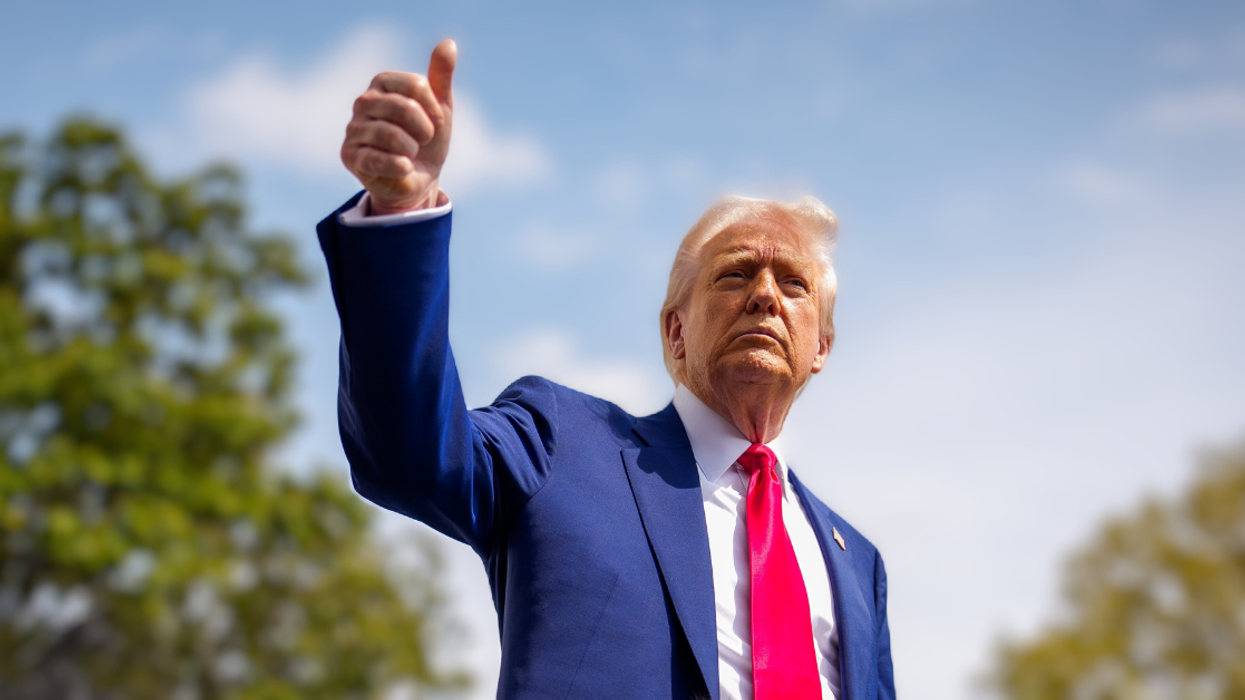
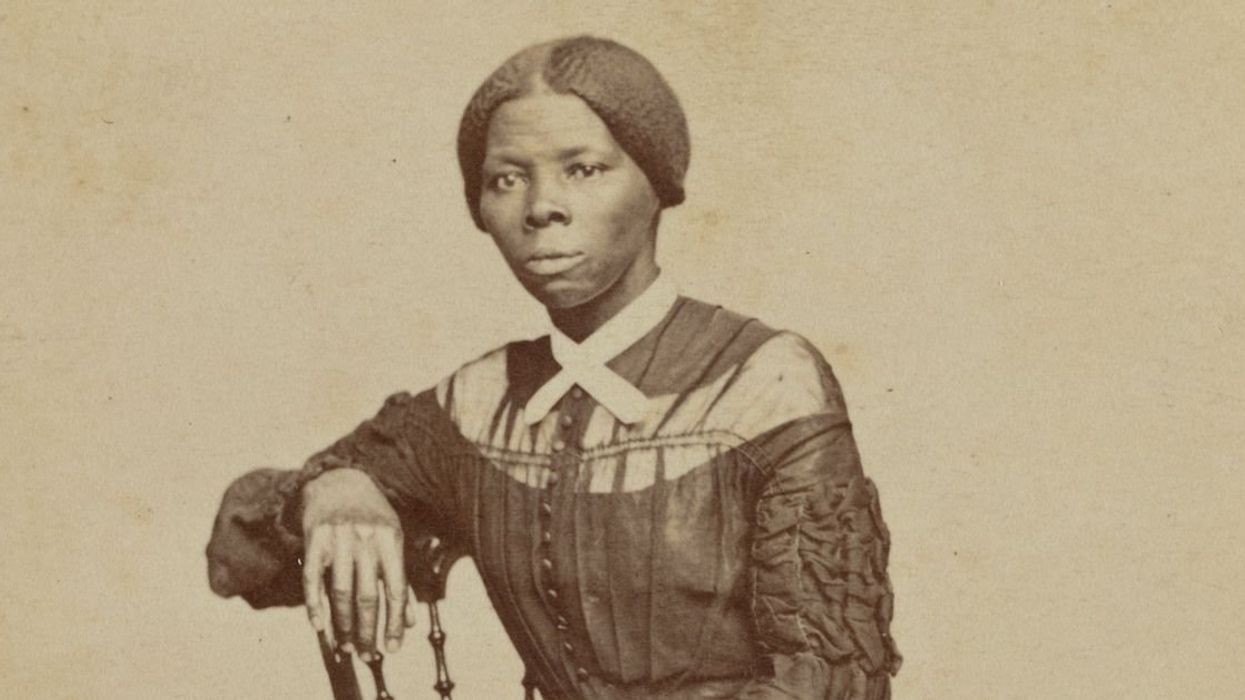
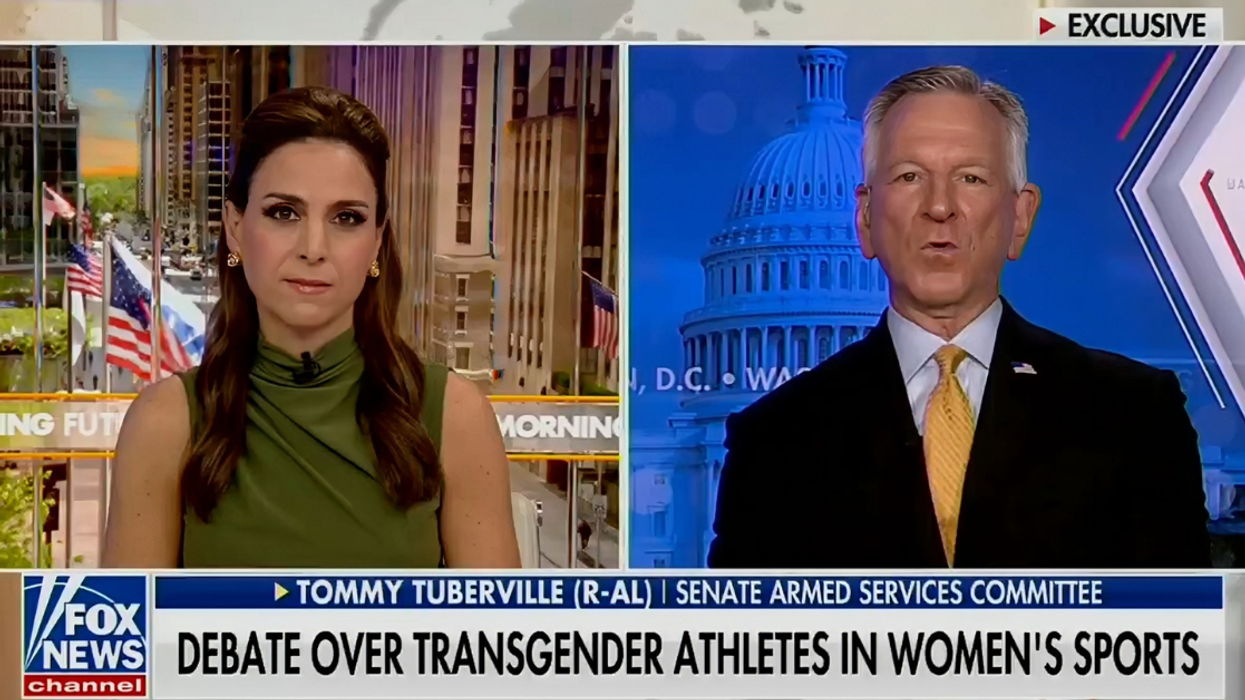
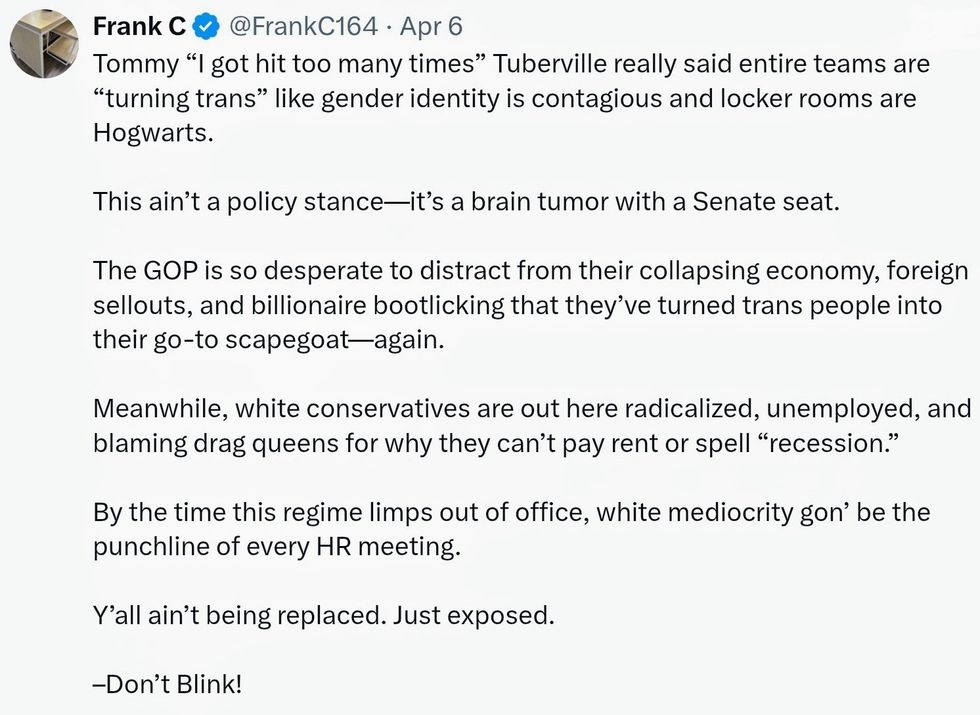 @FrankC164/X
@FrankC164/X
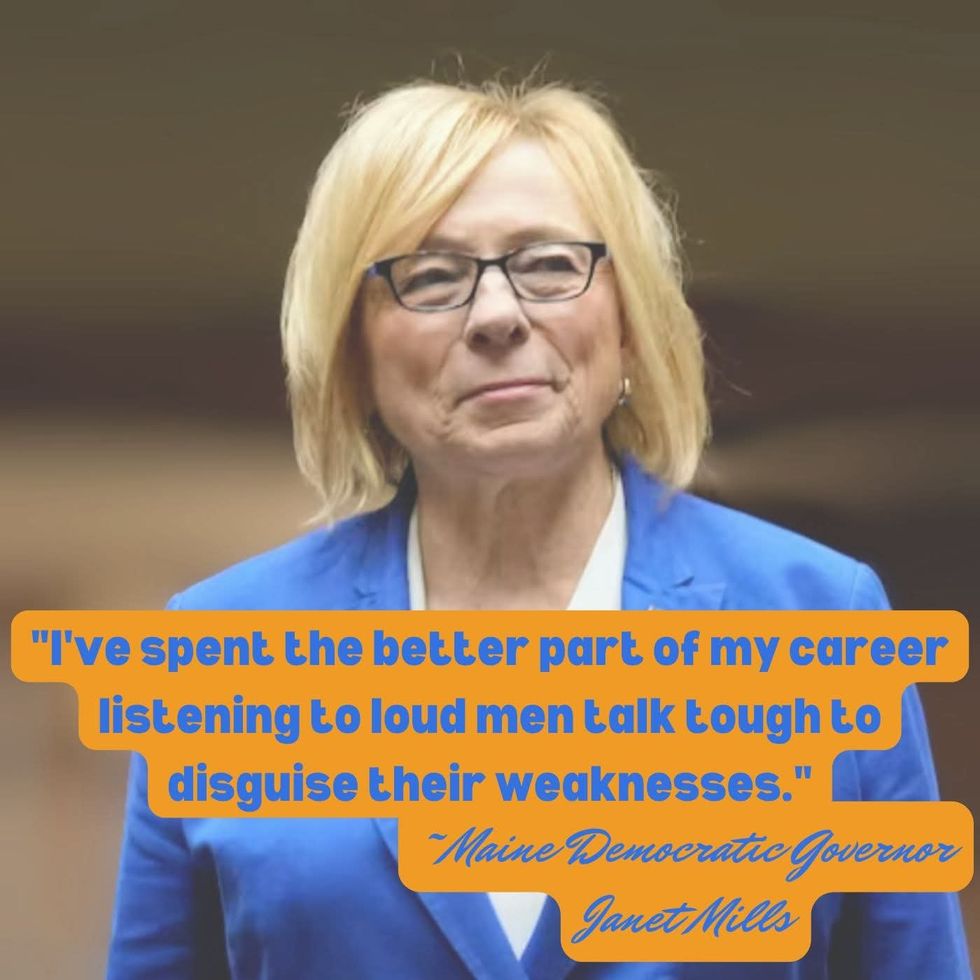 AMC
AMC